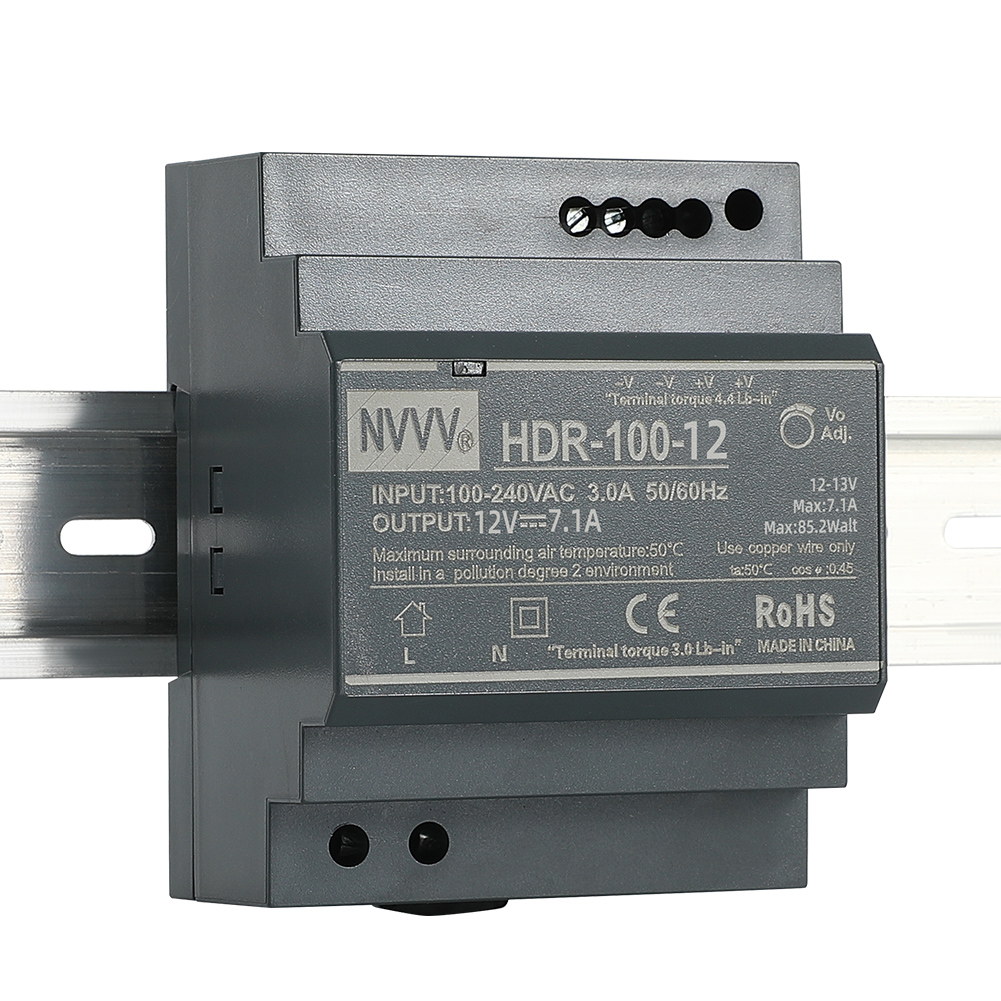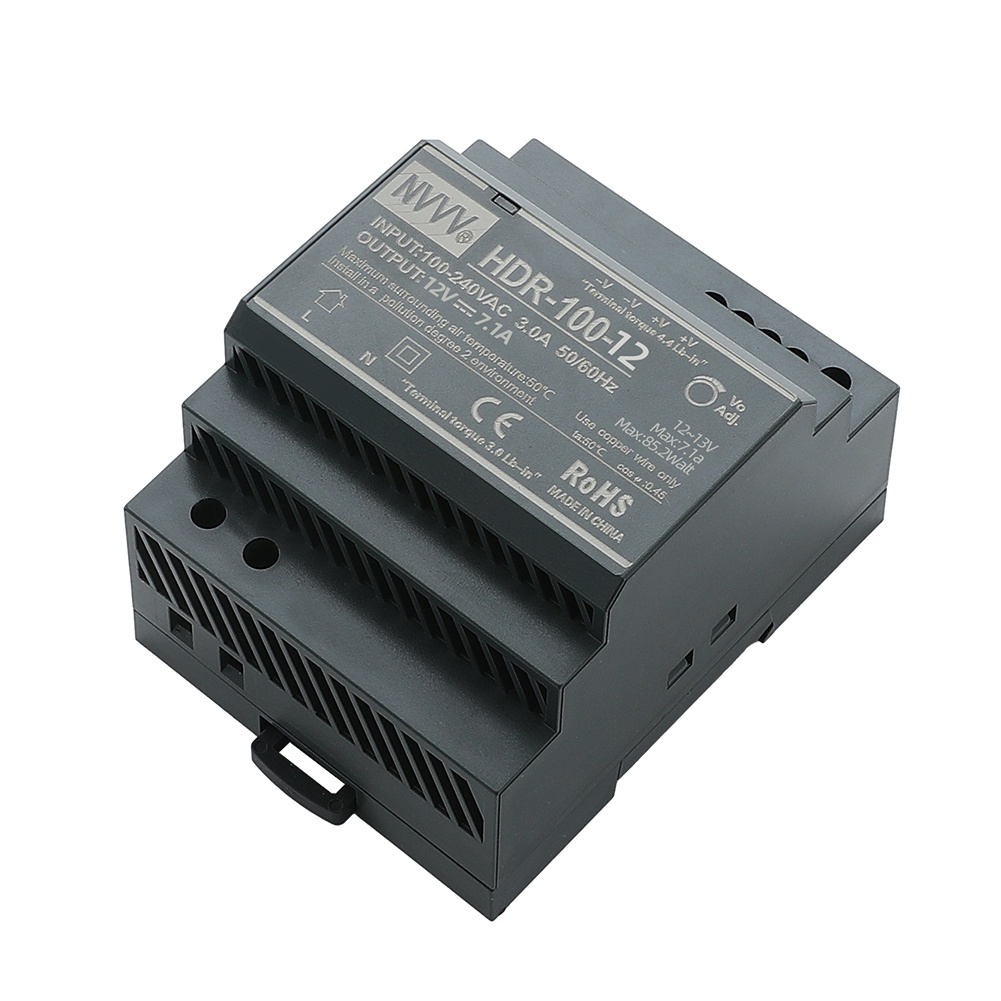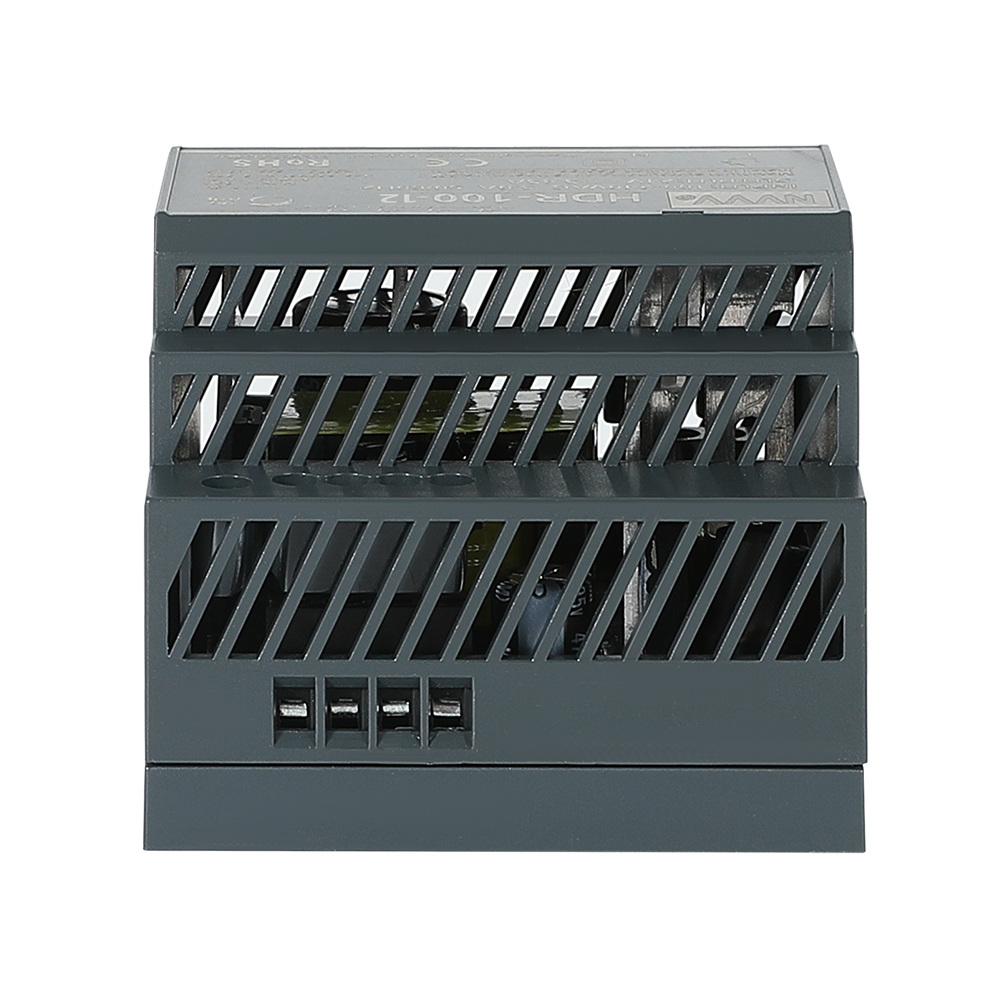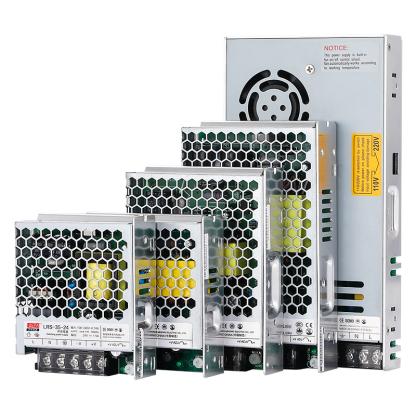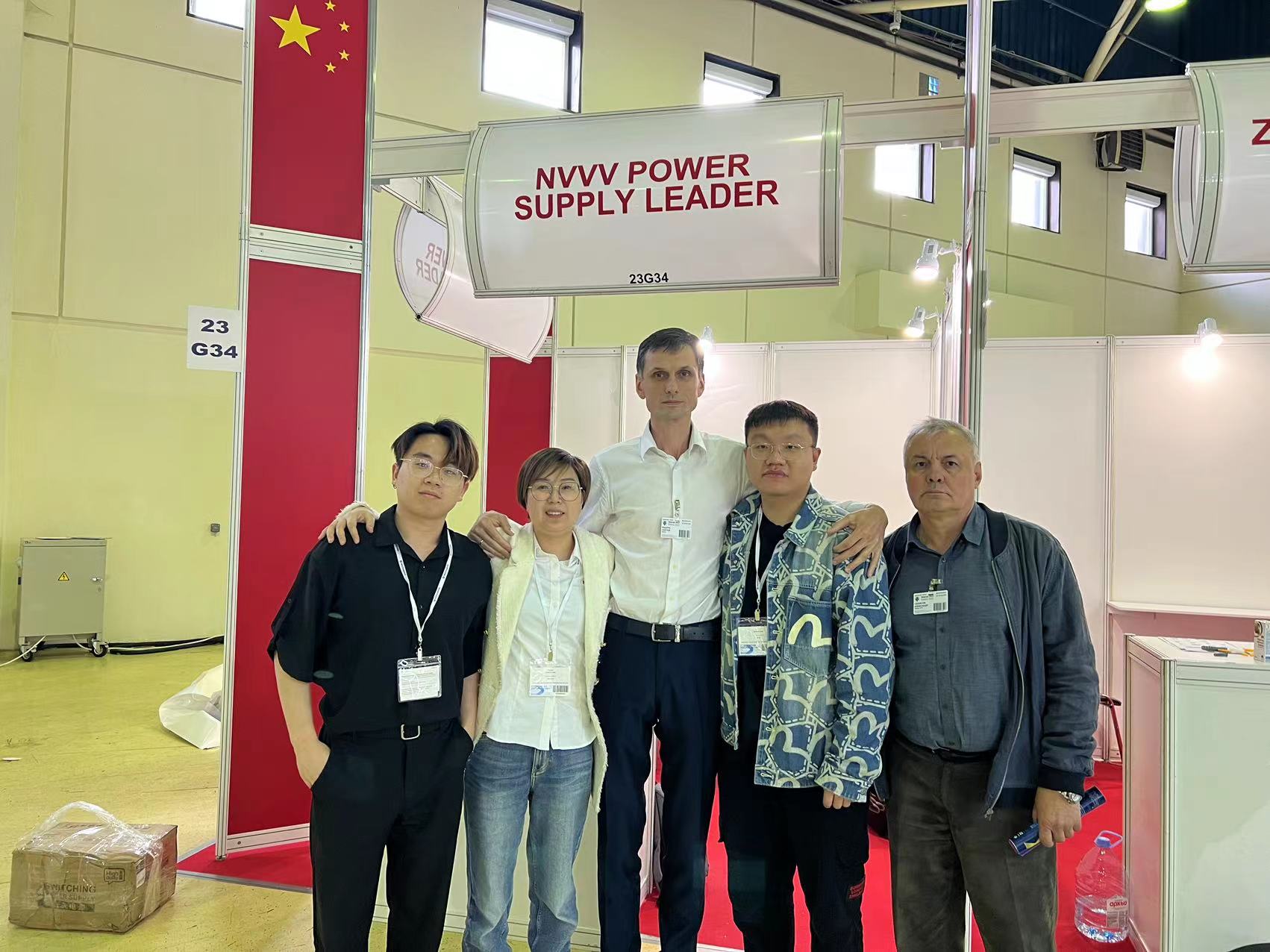What are the Four Types of SMPS?
Switch Mode Power Supplies (SMPS) are essential in industrial applications, offering efficient, compact, and reliable power conversion. From 3D printers to irrigation systems, SMPS provides stable power to ensure smooth operation and protect sensitive components. In this article, we’ll explore what makes SMPS unique, how it works, its advantages, and the different types designed to meet industrial needs.
Now, please keep reading to learn about SMPS!
What is a Switching Power Supply?
A Switching Power Supply (SMPS) is a highly efficient electronic power supply that converts electrical power using a high-frequency switching regulator. Unlike traditional linear power supplies, SMPS transfers energy from an AC or DC input to a regulated DC output while adjusting the voltage and current characteristics to meet the needs of various devices.
In industrial applications, SMPS is indispensable for powering low-voltage equipment, providing electronic isolation to protect sensitive components from high-voltage mains. This ensures stable performance and safeguards machinery like 3D printers, embroidery machines, and irrigation systems from voltage spikes and short circuits.
How are Switched Power Supplies Configured?
Switching power supplies are designed using three primary topologies:
- Buck (Forward): Produces an output voltage lower than the input voltage, ideal for devices requiring step-down power conversion.
- Boost: Increases the output voltage above the input voltage, useful for driving high-power equipment.
- Buck-Boost (Flyback): Capable of generating output voltages either higher or lower than the input, with reversed polarity. This versatile configuration is commonly found in systems requiring flexible voltage levels.
These configurations utilize essential components—transistors, inductors, and diodes—arranged in unique ways to achieve desired output characteristics.
What are the Advantages of SMPS?
The adoption of SMPS in industrial environments stems from its numerous advantages:
- Compact Design: SMPS units are smaller and lighter, making them ideal for modern machinery with limited space.
- High Efficiency: With efficiency ratings between 80% and 95%, SMPS minimizes energy loss, reducing operational costs.
- Flexibility: Some SMPS models offer multiple output voltages, making them suitable for multi-functional equipment.
These benefits make SMPS a preferred choice for industrial applications where reliability, efficiency, and space-saving are critical.
What are the Four Types of SMPS?
When it comes to industrial applications, there are four main types of SMPS, each catering to specific needs:
1.AC-DC SMPS: Converts alternating current (AC) to direct current (DC) with stable output. Commonly used in 3D printers and industrial automation, it ensures consistent performance and safeguards sensitive components.
2.DIN Rail SMPS: Designed for easy installation in industrial control panels, DIN Rail SMPS is robust, modular, and highly reliable for applications like irrigation systems and conveyor belts.
3.Triple-Output SMPS: Provides three independent output voltages, making it a versatile solution for machines like embroidery systems that require varying power levels for motors, sensors, and controllers.
4.Dual-Output SMPS: Offers two separate voltage outputs, simplifying power requirements for equipment with diverse needs, such as CNC machines and other industrial tools.
By selecting the appropriate type of SMPS, industrial operators can optimize equipment performance and improve system efficiency.
Switching Power Supply vs. Linear Power Supply
The choice between an SMPS and a linear power supply largely depends on the specific requirements of the application:
SMPS:
- Uses high-frequency switching for efficient power transfer.
- Compact, lightweight, and suitable for modern industrial environments.
Linear Power Supply:
- Operates at low frequencies, requiring larger, heavier transformers.
- Bulkier and less energy-efficient, making it less practical for many industrial settings.
Do You Need a Switching Mode Power Supply?
If your equipment demands high efficiency, compact design, and stable power delivery, an SMPS is likely the best solution. It is particularly valuable for powering industrial machinery such as 3D printers, embroidery systems, and irrigation controllers, where reliability and space-saving are paramount.
By understanding the types of SMPS and their configurations, you can make informed decisions to meet your specific industrial needs, ensuring optimal performance and longevity for your equipment.
Conclusion
Choosing the right switched-mode power supply (SMPS) can significantly enhance the performance and reliability of your industrial equipment. Whether you need compact power for a 3D printer or multiple voltage outputs for a complex system, SMPS offers versatile and efficient solutions. By understanding its configurations and benefits, you can ensure your machines operate at their best, saving both energy and space in the process.

